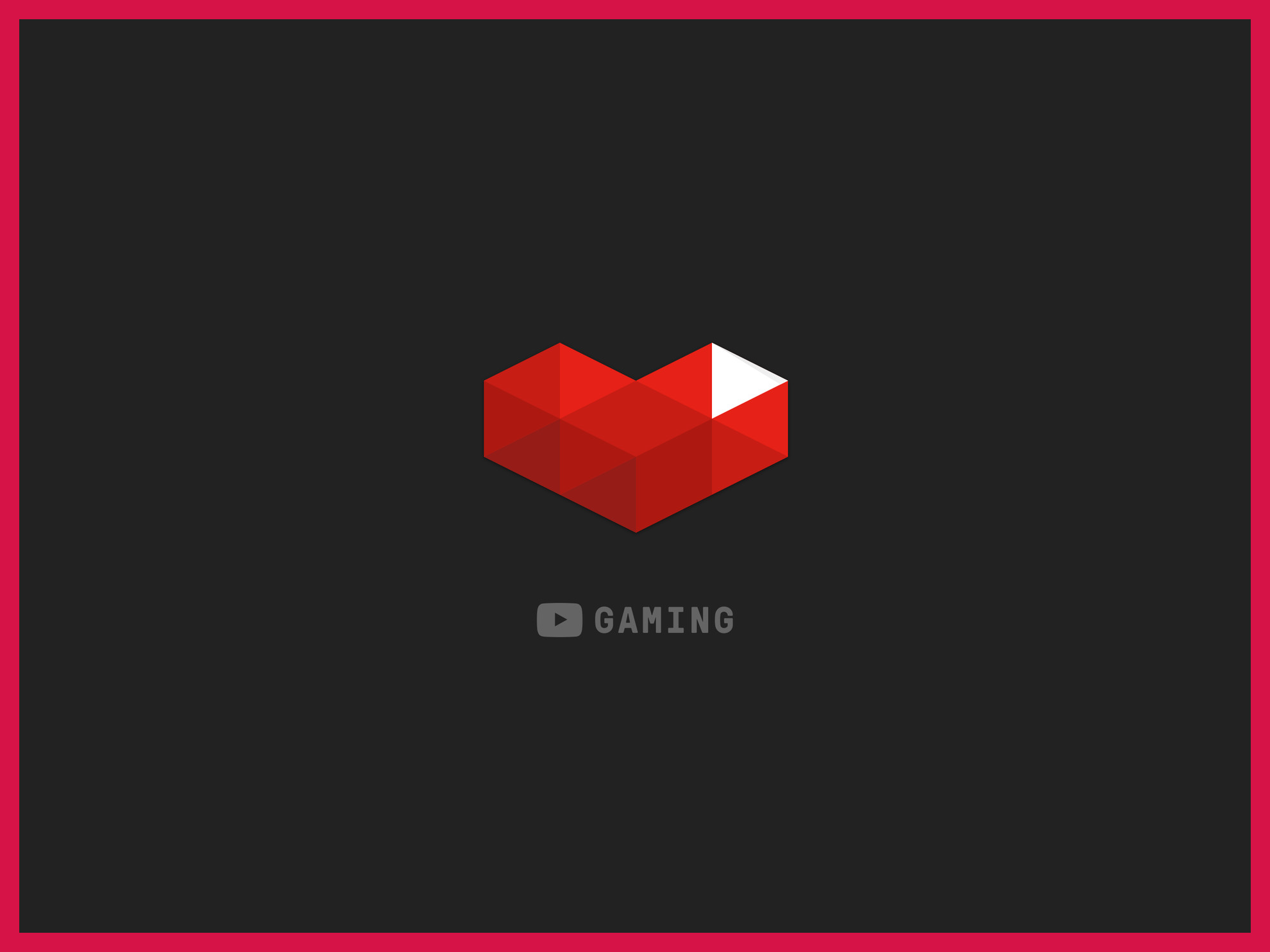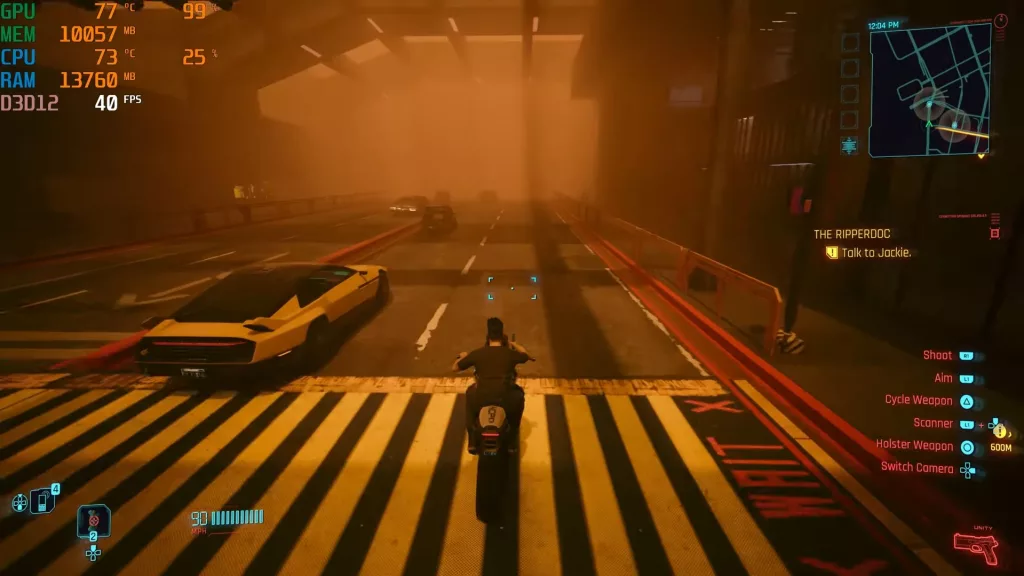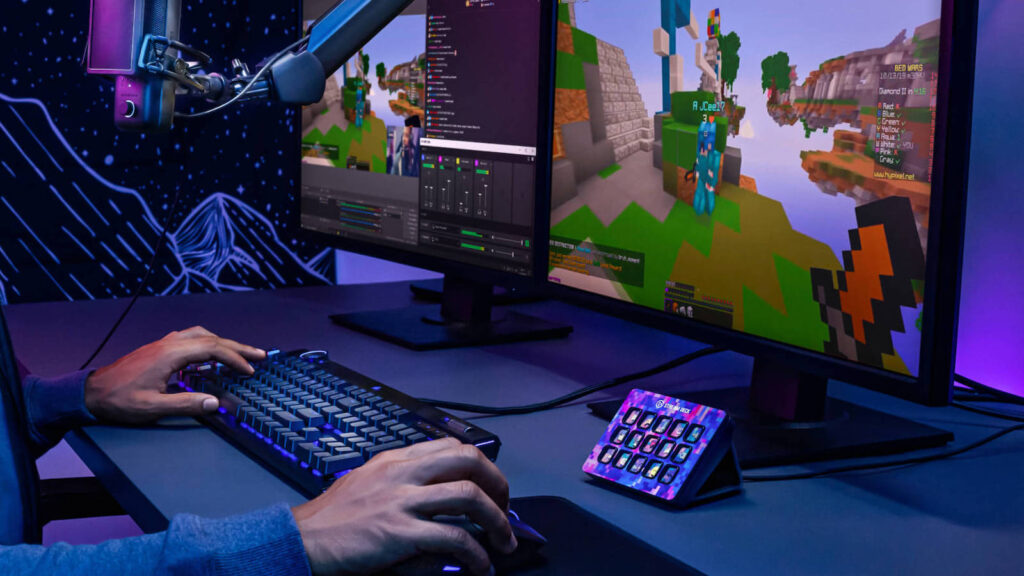There are plenty of gaming channels on YouTube. All of these people are trying hard to get to the top and earn more subscribers. On the other hand, there are legendary-class big YouTubers with their awards and millions of subscribers. You must feel awfully sandwiched between these two walls – one powerful because of its sheer quantity and size, and another for its towering, unmountable, and undefeatable height.
Fear not, brave level 1 F2P warrior.
Though there is huge competition – getting a series of things right, being consistent, and working hard on your channel will allow you to surpass countless other gaming channels surprisingly rapidly. After that, it’s all a matter of creativity and hunting for the right content that sells.
In this piece, we are going to talk about what it takes, theoretically, to make it big with a gaming YouTube channel.
I am not going to tell you about video editing software, recording gear, the “best camera for streaming in 2022”, and whatever you need. I believe in your better judgment for all that. I will provide some examples, however, to better illustrate a point.
Table of contents:
- Channel quality
- Specialize
- Understand SEO and keywords
- Avoid these video formats
- Say no to heavily original content/sub-branding
- Make mistakes – you’re not popular yet
- Capture trends to develop videos
- Keep enemies close and competitors closer
- Ditch the “Creator” mentality
- Consistency
- Avoid fillers and long intros
- Thumbnails and titles tips
- Extract criticism
- Know your market before you start
- The roadmap
There are three main tiers: The big ones; the medium ones which are around 100K-500K subscribers in; and the bottom of the barrel ones – struggling anywhere from 1 subscriber to 1000. I will mention the top, middle, and bottom tiers at some points.
This article contains no affiliate links.
Start.
#1. Channel quality
I will be frank and short here. If your channel’s quality is garbage, ain’t nobody watching anything from your channel. Channel quality is a combination of video quality, audio quality, and your brand. Each of these, in turn, contains other specific considerations.
Video
Are you shooting/streaming live footage? Make your videos in a well-lit room. Capture demo footage and check for yourself – will you watch this video/stream? Ask your friends for a more honest opinion. It is not necessary to buy an expensive camera to get decent quality video. You are not aiming for “best video quality”. You are aiming for “not trash” quality.
If you are mainly going to be capturing gameplay, then of course the camera doesn’t matter. Your hardware does (unless you are playing some niche, small, indie, or old game; or playing on a console). You need high effects and high in-game FPS.
If you are playing anything popular that came out in the last 10 years, then this means you need at least a GTX 1660 Ti, ideally an RTX 2080, and no-problem-we’re-done if you have an RTX 3070 or higher. For AMD, you need at least an RX 580, ideally a 5000-series card, and if you have a 6000-series card then move on to the next section.
Do not compromise on your gaming hardware. Save up and wait for a little if you don’t have a good one right now. Also, make sure there’s no CPU bottlenecking.
DSLRs vs. camcorders

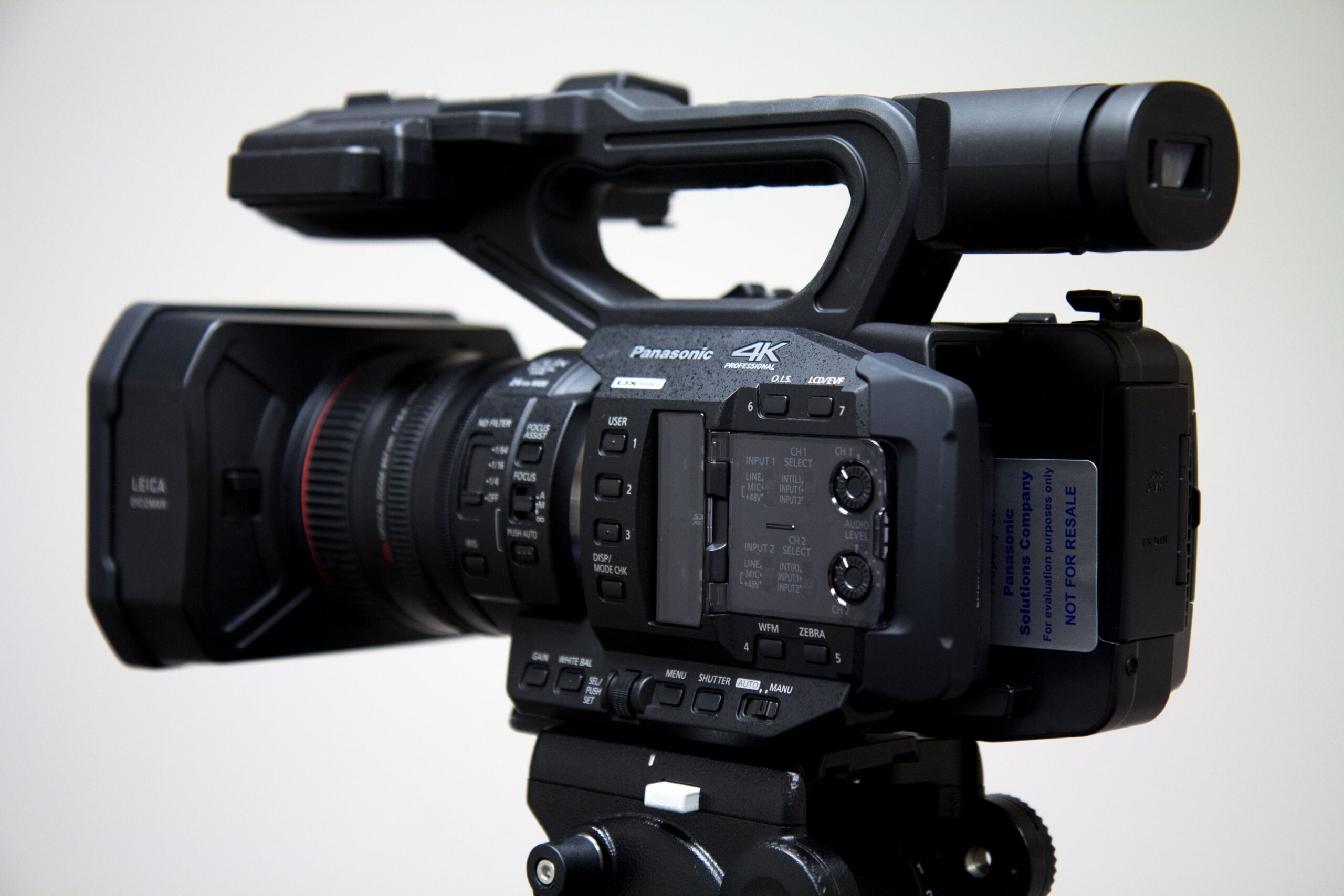
A DSLR/mirrorless like the Canon 5D Mark III or a camcorder like the Panasonic AG-UX180 are both great for shooting high-quality footage. I recommend camcorders for beginners.
- Though DSLRs are good for shooting high-quality footage and photographs, camcorders are good for live shooting, live streaming, and anything that has more motion.
- Camcorders also have built-in lenses while for DSLRs you need to purchase a lens separately.
- The built-in lenses in camcorders also have good zooming capabilities as well as better zoom stabilization because they are built for handheld operation.
- You can plug camcorders into an AC outlet like a monitor, sound system, printer, etc. This means if you have a fixed setup (more likely for gaming channels), you can totally forget about charging batteries – which is an integral hassle of using DSLRs.
- Camcorders also provide generally cleaner HDMI output with audio while some DSLRs might not.
- In case you are recording, camcorders come with 2 memory card slots. In DSLRs under most circumstances it’s difficult to record over 30 minutes of high-quality footage.
- In terms of connectivity, camcorders come with XLR inputs for connecting mics and sound while also allowing you to control levels from the device itself. The SDI out connector is also great in many cases though perhaps not for livestreaming game videos (allows for longer cable and better port lock).
DSLRs have larger sensors and higher-end lenses for them also have larger apertures – allowing them to shoot remarkably better footage and photos in low-light conditions. Still, I don’t think this alone is worth it when camcorders give you so much more functionality and efficiency.
The only instance where I will highly recommend a good DSLR with a good short-range/wide angle lens is when you will not be live streaming and uploading edited footage.
More post-production: DSLR. Live: Camcorder.
A good camcorder will cost around $100.
Audio
Crystal clear audio is the only audio you are allowed to have. Spend some money on a good quality headphone with an inbuilt mic. Don’t go for wireless/Bluetooth if it means compromising on the mic. Nearly all gaming headphone brands have entry-level headphones with a mic. Go with a USB one to avoid the whole RCA nonsense.
If there is static in your audio your channel is dead before it can gain one subscriber.
You can get a good mic for your camcorder under $50.
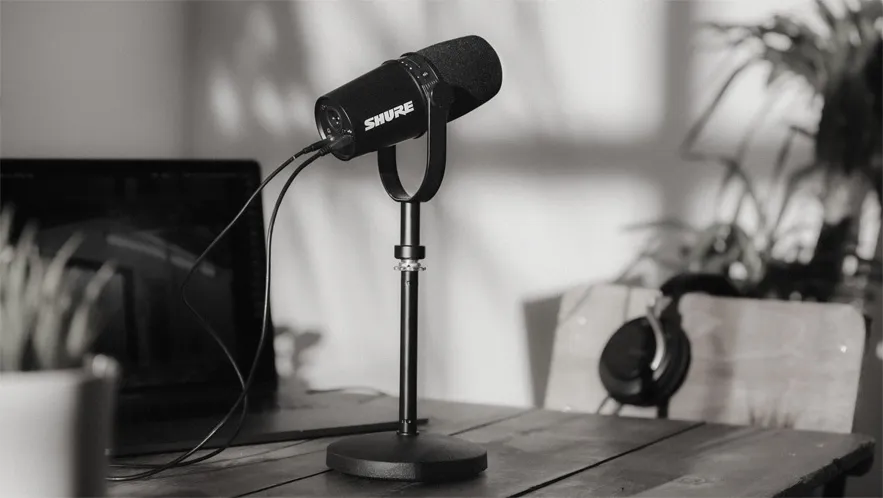
Brand
Your channel name, logo, and cover are your brand. Invest some time into these. Makes sense to also check for domain availability when you are choosing names – for a website in the future.
- A simple channel intro that is neat and minimal will suffice. Don’t overload it with too many nasty effects. Nobody is going to watch your videos for your nice logo animations or intros in the beginning. Nobody cares.
- You can also explore going pseudonymous to better deal with criticism. It allows you to be shameless in self-promoting off-YouTube.
- In the same breath, I’d recommend not sharing your channel and its progress with your friends initially, however counterintuitive it might sound. You will get the eyeballs if you produce quality content, you don’t need your 10 friends to subscribe and cringe at your initial videos. This just creates additional pressure.
#2. Specialize
I cannot stress this enough. You need to specialize. Channels that cater to a wide variety of gaming content are big channels. You are a puny channel. Hardly a blip on any radar. Choose your forte and develop textual content and topics for at least a dozen videos before you upload your first.
Genre
You can specialize in a genre. This is not what I would recommend for first-timers but it mainly depends on your experience. If you are well-experienced in a particular genre and it’s famous, then by all means go for it.
Let’s say you choose Soulslike games. Now, pick the few games you would be making your videos on and get some repeat playthroughs. Do extensive research on these games because obviously you still have a ton to learn within the genre. Find groups on Discord and Reddit that discuss the game and see the overall mentality of the active gamers discussing said games. This is a goldmine. Do not skip this step. Unconsciously, it will help you align your own content better and separate out whatever little incorrect opinions you had for the games in the genre.
Also, Steam is a great place to find games by tags and genres. Make sure you have seen all games that matter within a genre.
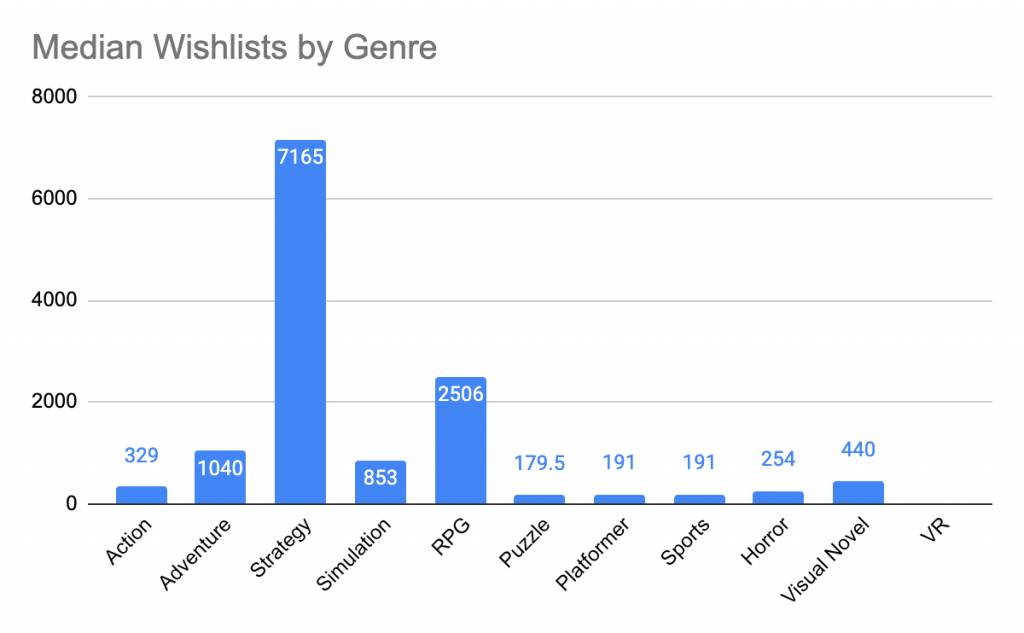
Type
You can also specialize in a game type, like AAA games, indie games, franchise-based games, and so on. The same rules as genres apply here as well.
Platform
You can specialize in a platform. PC, Xbox, PS, and handheld are the four top platforms. In PC gaming, you can specialize in low-spec games, high-end games, Linux games, or for whatever godforsaken reason, Mac games.
Game
Lastly, you can specialize in a single game. This is most recommended by me. If you only publish Minecraft videos, for example, when you do happen to strike a good chord, get into a particular rhythm, or unleash your creativity – you have a huge targeted inflow of traffic waiting for your next content.
Most gamers only play 1-2 games at the same time. Tap into this. If somebody checks out your video on “Best free Soulslike alternatives” and the next video is “Top 5 horror games to play this year”, they will quickly lose interest.
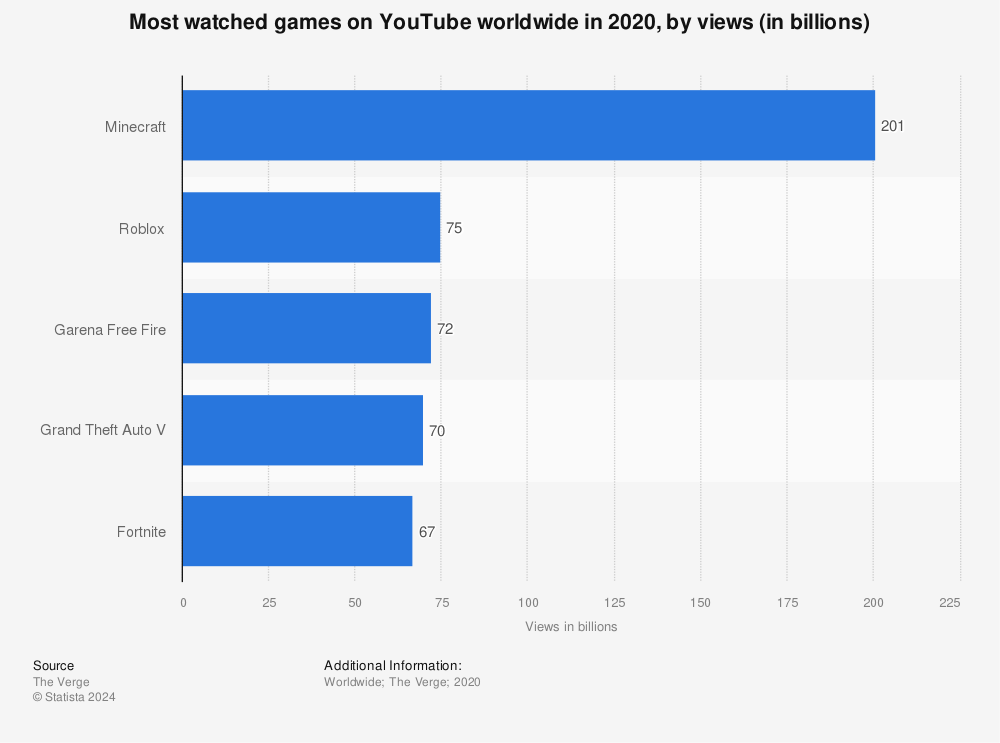
Globally most watched games on YouTube according to Statista
#3. Understand SEO and keywords
Ignore the biggest games. You cannot rank for them. Develop your niche in a corner. Elden Ring is all the rage. Completely ignore it. Your channel will never mention Elden Ring. There. Go as niche as possible. This hooks into specialization but “niching down” is more of an SEO thing. You will soon learn why/how.
SEO
What the hell is SEO? Search engine optimization means optimizing your content for search engines (duh). Google isn’t the only search engine. YouTube has a precise search algorithm. You want to know what you wish to be found for before you even start thinking of names.
Keywords
Building upon our previous example, if your focus is going to be Soulslike, you need to get found for keywords related to Soulslike games. You will put these keywords in your title, thumbnails, video script (if any), description, and hashtags.
Finding keywords
Finding keywords is easy. Search for the keywords you already know on Google (not YouTube) and see what comes up. Google has some nifty functions such as “People also ask”, “Related searches”, and the most important of all, autocomplete results. Use all three to find keywords around your main topics.
I promise you that if you do this process with dedication, you will have plenty of material to work with. And the best part? All of this material is what people are actively searching for already, aka there is “search volume” for these keywords. Later you will find there are more ways to find high search volume keywords. For now, let’s leave it here.
#4. Avoid these video formats
- Let’s play
- Episodes
- Reviews
- Livestreams on popular games
- Speedruns or record breaks
- Detailed walkthroughs
No. Don’t even think about it. Unless you have something groundbreaking, or unless it is related to some less-known keyword/genre/type/style/game, it’s simply not worth it because hundreds of other channels are already outranking you on YouTube when you haven’t even started.
It is futile to think people will come to your “Let’s play Minecraft” video. It is cringeworthy trying to get an audience for a League of Legends livestream. Your review of Shadowlands does not matter. People have no interest in seeing you break any records in Pokémon Sword nuzlocks.
You are not important even if you have a piece of valuable content. Not yet.
So, what does it leave? Plenty.
Analyses, similar games, “top” lists, alternatives, new discoveries, very specific guides, and most importantly – stuff mined from keyword research. If you run out of ideas, there is always Reddit. Go to Reddit and join gaming subreddits to see what people are talking about and how you can add your two bits without making any videos in the 6 formats I illegalized for you.
#5. Say no to heavily original content/sub-branding

Spending days on a single video that is loaded with original content, valuable insight, and tremendous research is not recommended. This is the easiest way to drain the motivation out of you. You will stop working on your channel in mere weeks if you do this.
There is also sub-branding you have to avoid. This means trying to cover multiple aspects of your specialization and making a sort of tree including all things you will make videos on. Like if you are specializing in Pokémon games, you might build a sub-brand to cover the best legendaries from each generation.
This is a mistake. You don’t have the time to develop meticulously-crafted and deeply-researched video content or entire topic trees/maps. Leave that for the more professional ones of the lot with entire teams. You will simply be wasting effort, time, and consequently, motivation.
There is only so much motivation that you can start a gaming YouTube channel project with. The moment you run out of it, that’s the moment your channel fails. The quickest way to exhaust your motivation is to spend days on research and building the perfect content and to see nobody appreciating it.
Rather, make smaller videos tackling easier topics. If you have some great ideas that require a lot of research, keep them for later. Initially, your focus should be on consistency, frequency, video quality, and video quantity – not research quality or topical coverage.
We will strike when the time is right.
By no means do I mean to say that you should spin thin content out of thin air and publish spineless videos for the sake of quantity. That is the absolute worst thing that you can do. I just want you to pick topics that are easier, lighter, and require less time to research and finish up. At no point we will compromise on our video quality. However short, the topic will be covered with as much research quality as one can humanly muster.
#6. Make mistakes – you’re not popular yet
If you think you can make perfect videos with perfect content and when people realize that, they will come flocking to your channel, making it viral over mere months – then you are doomed to fail. Select your channel and press delete.
There is no perfection. Perfection died a long time ago. There is nothing wrong with mistakes. Nobody is going to give you a bad reputation that you would need to wear a hoodie going out simply because you made a slip-up.
Be okay with your mistakes. You don’t have to learn from them. Mistakes automatically teach you lessons without you having to do anything and they make your future content a tad bit better. Repeat this process a thousand times and you will be a thousand times better. Simple maths.
#7. Capture trends to develop videos
What’s trending? If you don’t already know then I don’t know why you want to create a gaming YouTube channel. There are sources you can follow to always be in the loop. Once you spot a trend, bang. Capture it, flesh it out, collate all the data on it, and make a nice video about the topic.
What are these “sources”? Reddit, Discord, Twitter. On Reddit and Twitter, you can make “lists” of communities and people, respectively. Make a list for your channel’s sourcing needs. Finding the right subreddits and people to follow will be a little time-consuming but the automatic suggestions on these platforms are insanely accurate because countless others are doing the exact same thing, whether intentionally or not.
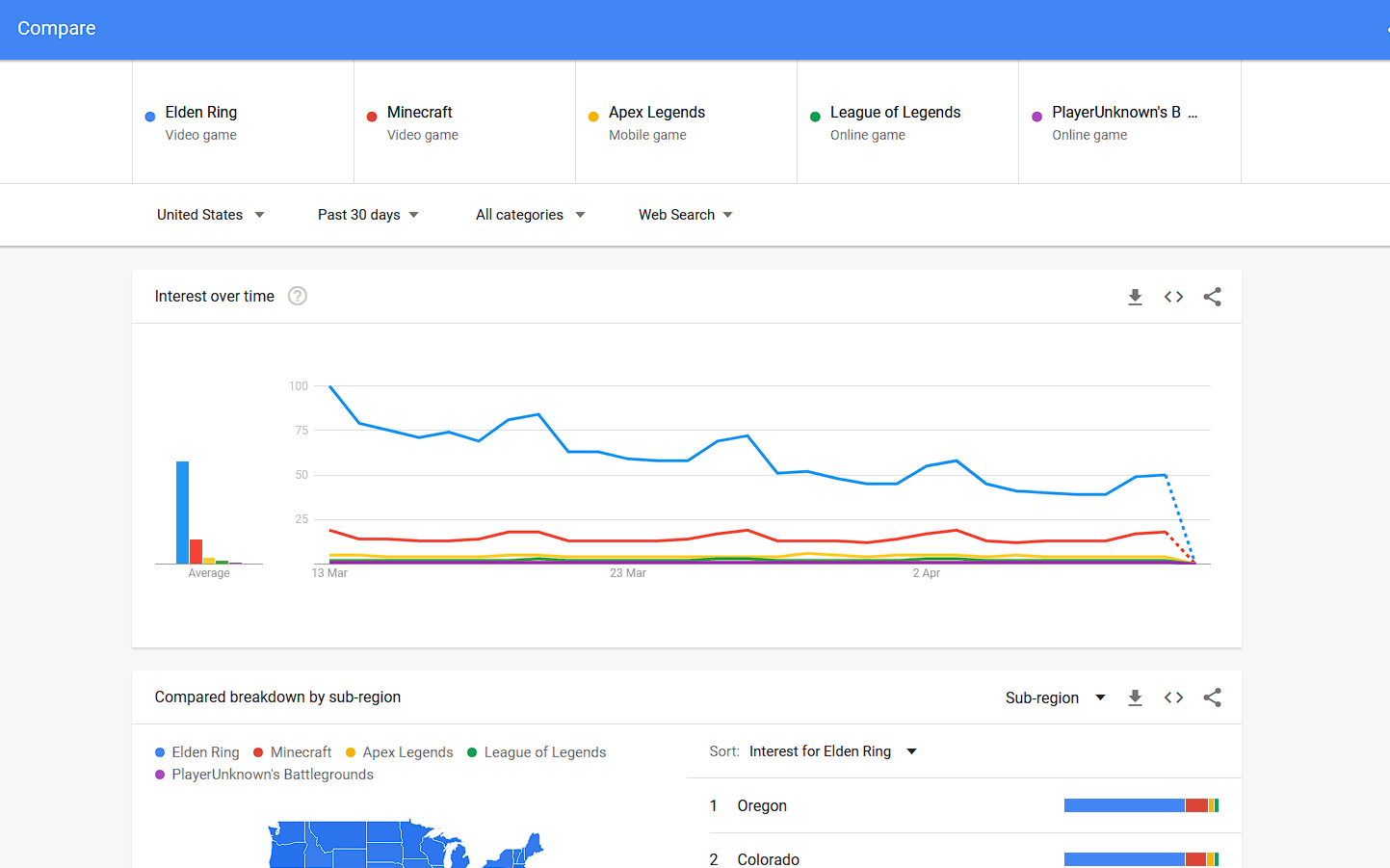
You can have other sources too. For example, if a new game is coming, you will find a few websites popping up posting all the latest leaks and rumors. And in general, too, there are websites for almost all genres, types, games, and platforms. Regardless of your specialization, you are bound to find at least a dozen such websites or news sources to stay in the loop and find the next trend within your specialization.
YouTube Gaming has a Trending section that shows top videos in your region. Use a VPN if you wish to make videos for another region.
#8. Keep enemies close and competitors closer: tracking competitors for new ideas
I don’t know why this wasn’t my first tip. You don’t start your channel with a name. You start your channel by noting which channels you want to be like or similar to.
If you think you are too unique for this world, well, you guessed it – game over. You have absolutely no unique ideas because unique ideas do not exist. Inspiration, copying, stealing, whatever you like to call it – that is the trust. There is no supply of freshness. It ended when the modern human civilization was less than a century old. As a gamer worth their salt, you should already know this.
Know who you want to be like. Those are your competitors. If you are lucky, in your endeavors, you will be able to find smaller fishes in the tank doing the same specialization or formats as you. These are more realistic “competitors”, actually, even though with your army of pathetically low subscribers you are literally no competition to nobody.
But in case you don’t find such smaller fishes, you need to see the biggest channels (and even websites) as your competitors. Track them. See what they talk about. I know I told you to refrain from certain popular formats that are likely to be the bread and butter of these giants – but there will always be something apart from those formats. If not, you will need to brainstorm on how you can take those topics in those illegal formats and make them into your own format.
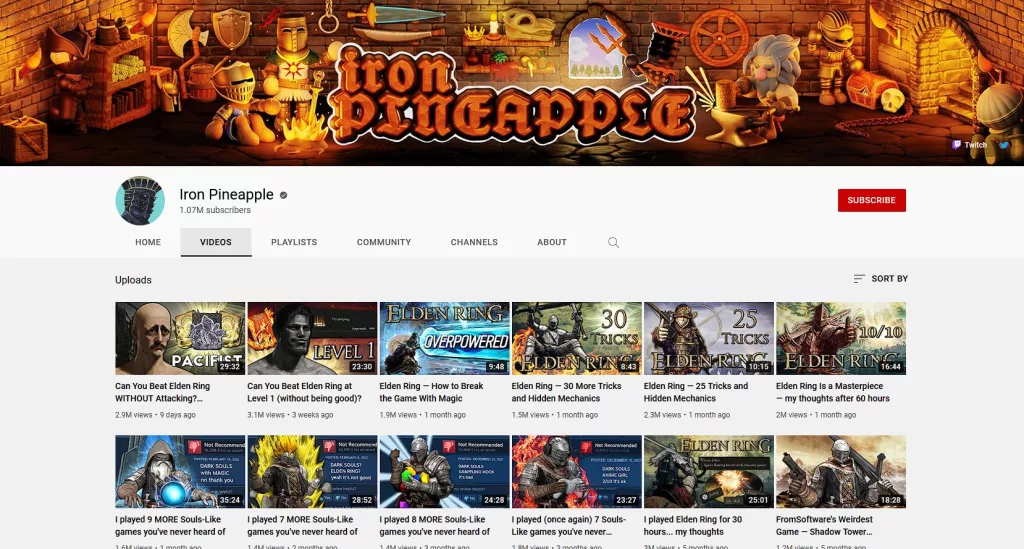
#9. Ditch the “Creator” mentality
Don’t get ahead of yourself. You are no content creator. A creator is a person that thousands, if not millions of people look up to. A creator’s art is only as good as their following. With absolutely nonexistent brand loyalty, you are no creator. What you create are videos, not pieces of art or narratives with stimulating content.
Ditch the fancy. You are what you are. A small-time video maker in a specific niche of games. And be satisfied with this definition. The later you enter the whole “creator” mentality, the better for you.
#10. Consistency
Oh boy, now we come to the holy grail of holy grails. Consistency is not the key. It is the key. Even if you throw all caution to the wind, don’t follow any best practices, publish low-quality trash content, make memes and upload on YouTube shorts, or do literally anything else – you can still get those eyeballs if you are consistent.
The power of consistency should never be doubted.
In all of social media and the modern world, algorithms are built to find, and AI systems are developed to find, patterns. Patterns of consistency.
Stick to your specialization and be consistent. That is, really, all it takes. Consistent to the end.
What is consistency?

Be frequent in posting new videos. Not necessarily a channel with fixed times/days for new videos – that stuff works differently for a different type of audience. But a channel that doesn’t take unexpected and long breaks from being active.
Consistency in your topics and video content is also important.
Basically, exploit every possibility to be consistent. You are not being consistent for your ghost audience. Remember, you are being consistent for the algorithms – the real gods. The watchers from the dark, the ultimate guardians. Once you are picked up as a consistent small-time video maker, you will beat all the inconsistent small-time video makers and perhaps some middle-tier fishes as well, who knows.
The algorithm loves consistency. Being active and adding content on a platform is pretty much all social media is about. That “always plugged in” effect. That “can’t stop scrolling” effect. It is fueled by people willing to be consistent on social media to interact with other people. Social media is built on consistency. It feeds off it. It only makes sense that consistency is thus rewarded.
Use it to your advantage. Always have videos scheduled in advance so your consistency doesn’t falter in case something comes up.
#11. Avoid fillers and long intros
A gamer with awards, countless tournament victories, and even the world championship titles comes to YouTube and starts their own channel. People will skip past their self-promotion, knowledge, detailed analyses, and whatever else they have to say that they believe is of utmost importance.
That’s the way of the world. All that is going to be filler content for the audience with no value.
Inject value in the content, not on your expertise, yourself, your channel, your brand, or literally anything that has “you” in it except YouTube itself.
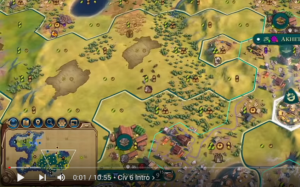
You are not important regardless of how skilled or important you are in the real world. The YouTube commentator army will be quick to help you realize this if you don’t follow my words.
My favorite Civilization VI YouTuber, TheCivLifeR, is a “mid tier” channel. Even though he has managed to grow to nearly 29K subscribers now, he still uses no channel intro, which doesn’t seem to impact anything. Why then you, with 10 subscribers or less, need use a lengthy and edgy one? Use a simple reveal or appear effect made in a free software and that will suffice.
#12. Thumbnails and titles tips
Titles and thumbnails both have to be optimized otherwise when you finally rank for certain keywords and searches, your competition will take all the eyeballs. Even if your piece is somewhat unique, people are still more likely to click on videos with optimized thumbnails and tips.
There is a lot of stuff you can do here but following are some nifty tips and tricks for beginners.
Titles
You don’t want clickbait titles. Hopefully, you know what clickbait means. We are all victims of clickbait. Don’t do that. But also don’t be a scientific researcher. Have you read the title of any research paper? God. That stuff doesn’t work. You cannot be saintly on YouTube, nope.
Balance your titles so that they are a little clickbait-y, but largely a valid descriptor of what, exactly, the video is about.
- The main keyword(s) should be near the front of the title as compared to the end.
- Add phrases that you think will help you sell.
Making a compilation of epic fails in PUBG and titling your video “Here are some epic fails in PUBG” is bad. A better title is: “PUBG: Epic fails | Funny PUBG videos | PUBG cringeworthy clips”. You get the idea. Add a few phrases in your title that explain what the content is about without being clickbait. This helps in the technical ranking of your content.
It might look bad at first, but you haven’t so far unlocked the ability to use screaming faces, thicc in-your-face thumbnail fonts, or over distorted facial expressions to bring in the traffic. You have not even unlocked the middle-tier power of misusing “OMG!” in your titles to bring in the traffic. Right now, sadly, adding bot-ish phrases is all you can do.
Thumbnails
Thumbnails have essentially become another heading apart from the title. If you are not putting (legible and clear) text on your thumbnails then you are missing out. Your thumbnail with its bold font is the first title of the video. It should be visually appealing – that part depends on your design skills. But it should also work as an attention-grabber.
More often than not, some visual cue is given with a bold alternative heading for the video in the thumbnail. If it’s interesting, people read the actual heading. The more “shocking” revelation is to be put in the thumbnail as text. Shroud it in mystery if you don’t want to spoil some major fact. Bait people.
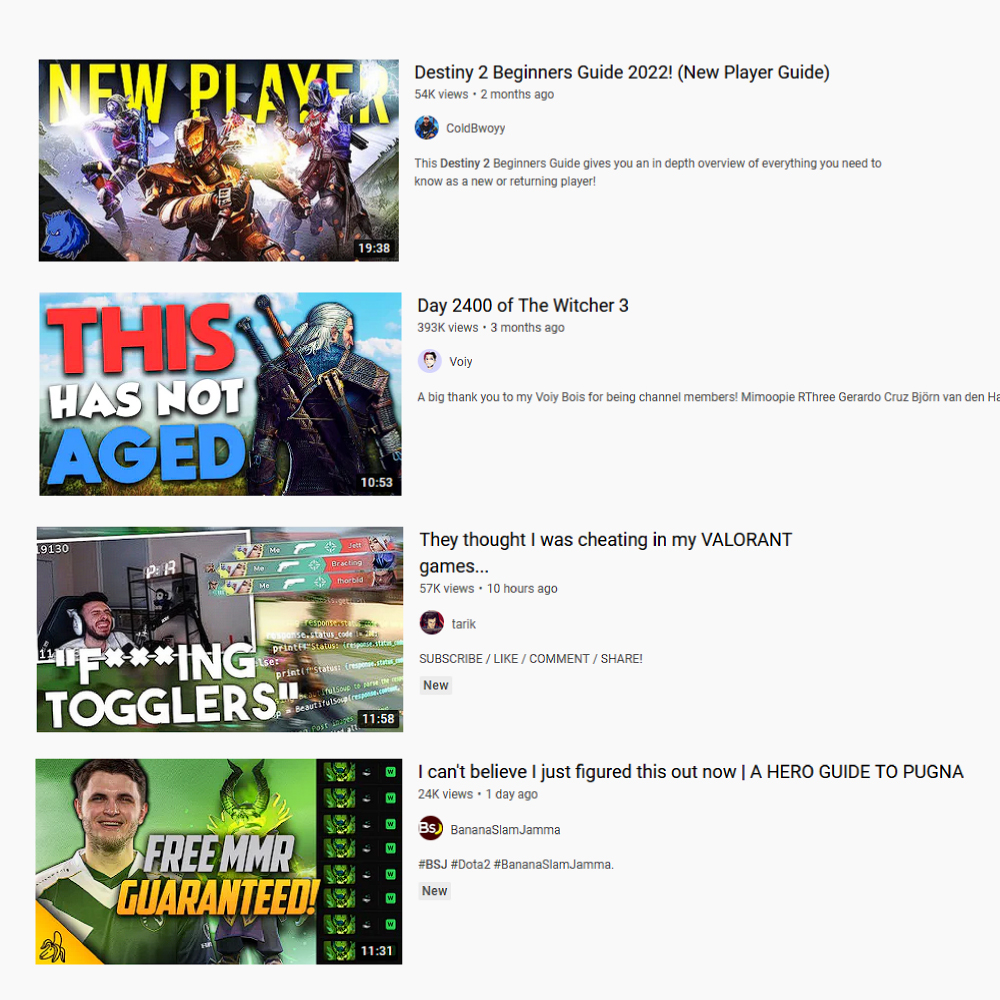
#13. Extract criticism
You are not going to grow if you don’t actively look for criticism. Find it wherever possible. The best way to find criticism is to make a few different accounts on different platforms where it’s easy to get views on links. This includes Telegram groups, Facebook groups, maybe some Discord servers, and most importantly, relevant subreddits.
Critics will point out the obvious mistakes, fallacies in your arguments, counterarguments, etc. – all for free. Can you believe that? They are helping you grow exponentially spending their own time. This is nuts.
#14. Know your market before you start
Once you have decided on a specialization, now it’s time to extensively peer-review this specialization. Watch tons of videos. See what others are doing. Find their mistakes. Find opportunities to do something better. Learn a thing or two.
The more comfortable you feel entering a contested market, the more it means that you don’t understand a thing. Once you are terrified, you are starting to learn your market. And once you are confident again is exactly when you are ready.
You will never know the mistakes you would have made if you entered the market without your homework, mistakes that would have ended your channel in a month. But that’s okay.
#15. The roadmap
Ultimately, let me end with the final roadmap.
It will take you at least a year of following all the 14 tips above (especially consistency and quality) to have some regular traffic.
Give one more year to your channel and you will see exponential growth. People will start to talk about you and your content. Your content will get plenty of organic sharing, views, and interactions.
This is when you are ready to break the rules and unfollow the advice I have listed here. Now, you are the master. You can bend the rules to your will. Your channel’s creativity and your content’s research depth will matter more at this point.
Once you reach this stage of your journey, it’s important that you begin to consider your channel less of a hobby and more of a business. For example, in addition to running your channel, you should set up a website where your videos are automatically uploaded onto. This can increase your exposure quite considerably, making it easier for other gamers to find your content.
It could also make it easier for you to monetize your videos, as you can share links to affiliate products or even share some of your own. However, it is crucial that your website is more than a place to store your videos. For example, you should also curate blog posts that are relevant to your audience, as many gamers love to engage with written content as well as videos! If you’ve not got time to write your own posts, you may want to use Stackbear applications to auto-generate this content!
You can also hire an intern for the menial tasks such as finding new topics or tracking competitors while you focus on the content and quality.
Good luck, level 1 warrior. Hope to meet you soon in the upper tiers.


